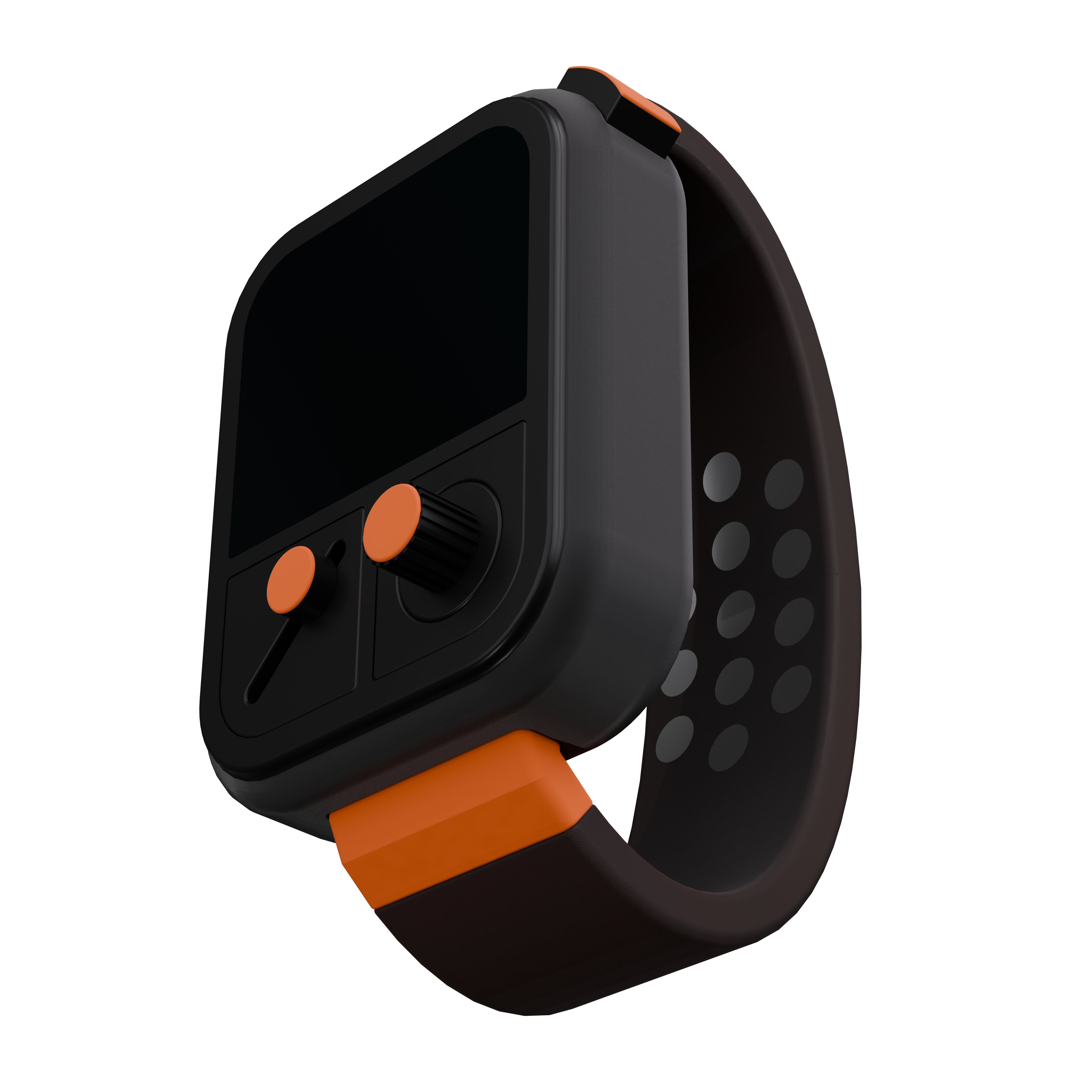
HAPTICSENSE (WIP)
Overview
This project explores the use of neuromodulation to stimulate wrist nerves, enabling users to experience natural tactile feedback when interacting with virtual objects. By addressing the limitations of current VR/AR systems, the design reconfigures sensory perception by bridging digital signals with innate human touch.
Duration
2 Month
Methods
Speculative Design, Industrial Design, UI/UX Design
CONTEXT
Technology Behind Device
The device leverages neuromodulation through peripheral nerve stimulation (PNS) to create realistic touch sensations in virtual environments. By applying targeted electrical stimulation to the median and ulnar nerves in the wrist, it triggers sensory feedback in the fingers, mimicking the feel of real objects.
How It Improves on Existing VR/AR Haptics
Unlike traditional haptic gloves, this approach bypasses mechanical actuators, offering a lightweight, precise, and immersive alternative. The system integrates adaptive signal processing to fine-tune stimulation based on user interactions, ensuring seamless and natural touch experiences in AR/VR.
THEORETICAL FOUNDATIONS
This project draws inspiration from key readings on touch and human-computer integration, particularly Fingerbombing, or ‘Touching is Good’: The Cultural Construction of Technologized Touch by David Parisi and Man-Computer Symbiosis by J.C.R. Licklider.
Cultural Construction of Touch
Based on David Parisi's Fingerbombing, or ‘Touching is Good’: The Cultural Construction of Technologized Touch
Key Insight
New interface technologies reshape perception and bodily habits, influencing how we interact with digital environments.
Relevance to Project
The shift from traditional haptic feedback to neurostimulation redefines how we perceive and feel touch in VR/AR, moving away from mechanical feedback towards a more natural, immersive experience.
- Touch isn’t fixed, it’s continually reshaped by technological shifts.
- HapticSense doesn’t just simulate touch; it redefines what “touch” means in digital environments.
- By bypassing physical surface interactions and stimulating nerves directly, it proposes a new perceptual paradigm rooted in neuromodulation.
Man-Computer Symbiosis
Based on J.C.R. Licklider's Man-Computer Symbiosis
Key Insight
Licklider envisioned a future where computers seamlessly integrate with human cognition, enhancing creativity and problem-solving capabilities.
Relevance to Project
This vision is embodied in the use of neuromodulation to simulate realistic touch, enabling users to experience virtual objects just like physical ones. It pushes the boundaries of human-computer interaction and redefines sensory augmentation in virtual spaces.
- HapticSense envisions bi-directional interaction, where computers don’t just receive input, they speak back through sensation.
- This positions the body as both interface and medium, bridging Licklider’s dream with speculative design.
RESEARCH
I explored neuroprosthetic technologies to develop a wrist-worn device that stimulates nerves, enabling users to feel virtual objects. Inspired by projects like LifeHand, this research examines sensory feedback, neuroprosthetics, and VR integration. Below are key insights that shaped my design.
1. Neuroprosthetics as a Foundation
The LifeHand project restored motor function and sensory feedback to amputees by interfacing directly with peripheral nerves. By implanting electrodes on arm nerves, it enabled users to feel real-time sensations like texture, shape, and grip. This neural stimulation serves as a foundation for developing a device that simulates touch in virtual environments through wrist nerve stimulation.
Key Takeaways
- Direct nerve stimulation can transmit tactile information with high precision.
- Sensory feedback can be processed in real-time, creating near-instantaneous touch sensations.
- Advanced sensors and signal processing systems are critical for translating physical interactions into neural signals.
2. Tactile Feedback in Virtual Reality
Research into VR systems has shown that combining visual immersion with tactile feedback significantly enhances the perception of realism.
Examples
- Physics-based interaction models in VR simulate forces, friction, and textures during object manipulation.
- When paired with sensory feedback devices, these models can trick the brain into perceiving virtual objects as tangible.
This insight suggests that a wrist-worn device could synchronize nerve stimulation with VR visuals and physics-based simulations to create a seamless experience of interacting with virtual objects.
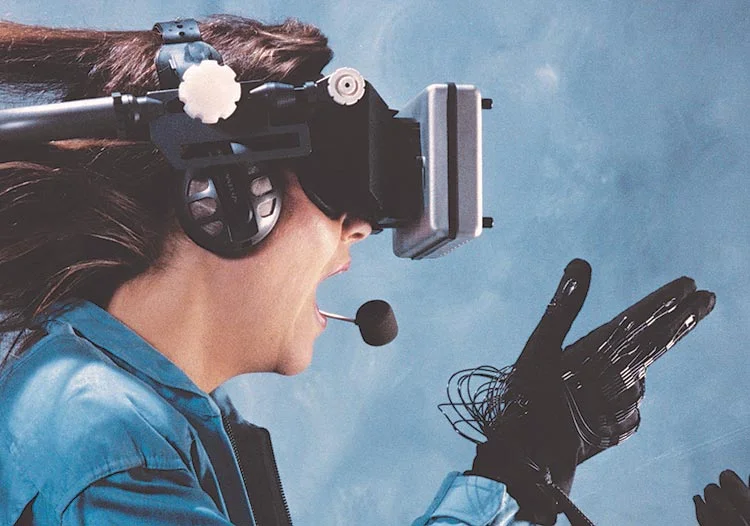
3. Feasibility of Wrist-Based Nerve Stimulation
While LifeHand relies on surgically implanted electrodes for precise nerve stimulation, non-invasive alternatives like transcutaneous electrical nerve stimulation (TENS) or surface electrodes could be explored for a wearable device. These technologies have been used in other applications to stimulate peripheral nerves without surgery, making them more practical for speculative designs. Additionally, innovative approaches such as xTouch, a neuro-haptic feedback system that uses multi-channel transcutaneous stimulation of the median nerve at the wrist, could offer another promising solution. By tracking virtual grasp interactions and delivering intuitive haptic feedback without restrictive hardware, xTouch provides a compelling non-invasive method to enhance immersion and realism in virtual experiences.
Challenges to Address
- Mapping wrist nerves accurately to replicate sensations across all fingers.
- Ensuring low latency for real-time feedback during interactions.
- Balancing portability and power efficiency in a compact wrist device.
4. Sensor Technology and Artificial Touch
Advances in sensor technology, such as those used in prosthetic hands, offer additional possibilities.
Inspiration
- Sensors capable of detecting pressure, texture, temperature, or wetness could be integrated into the device.
- These sensors would translate virtual object properties into electrical signals for nerve stimulation.
For example, if a user touches a rough virtual surface, the sensors could generate corresponding signals that stimulate the wrist nerves to mimic the sensation of roughness on their fingertips.

5. User Adaptation and Cognitive Integration
One critical consideration is how users would adapt to artificial sensations. Research indicates that with training, users can interpret artificial tactile feedback as natural touch. This adaptation process would be essential for ensuring that the device delivers an intuitive and immersive experience.
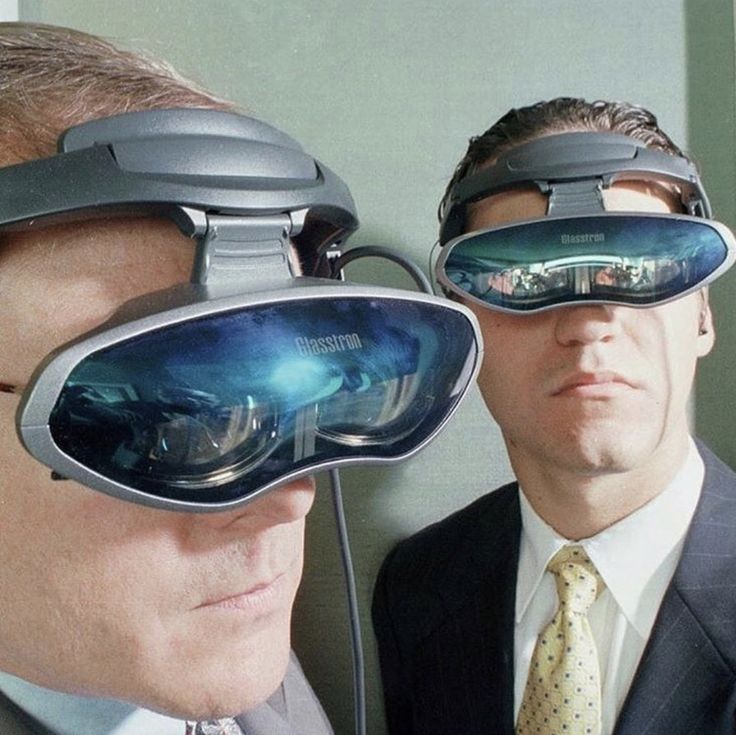
Conclusion
- The research phase showed that neuroprosthetic technologies, such as those used in LifeHand, offer inspiration for speculative wearable devices that simulate touch in virtual environments.
- Integrating peripheral nerve stimulation methods with AR, VR, or MR technologies and advanced sensors could redefine how we experience digital interactions.
- Emerging non-invasive technologies like xTouch demonstrate practical possibilities by using multi-channel transcutaneous nerve stimulation to provide intuitive haptic feedback without limiting hand mobility.
Problem Statement
"Current VR/AR systems fall short in delivering natural, immersive tactile feedback due to the disconnect between digital stimuli and human sensory perception."
OBJECTIVES
Technical
- Develop a wearable device that stimulates targeted nerves (median and ulnar) in the wrist.
- Integrate adaptive signal processing for precise, low-latency stimulation.
User Experience
- Create a natural, immersive tactile experience that mimics real object interaction.
- Enhance spatial presence, embodiment, and cognitive absorption in VR/AR environments.
IDEATION
Sketches

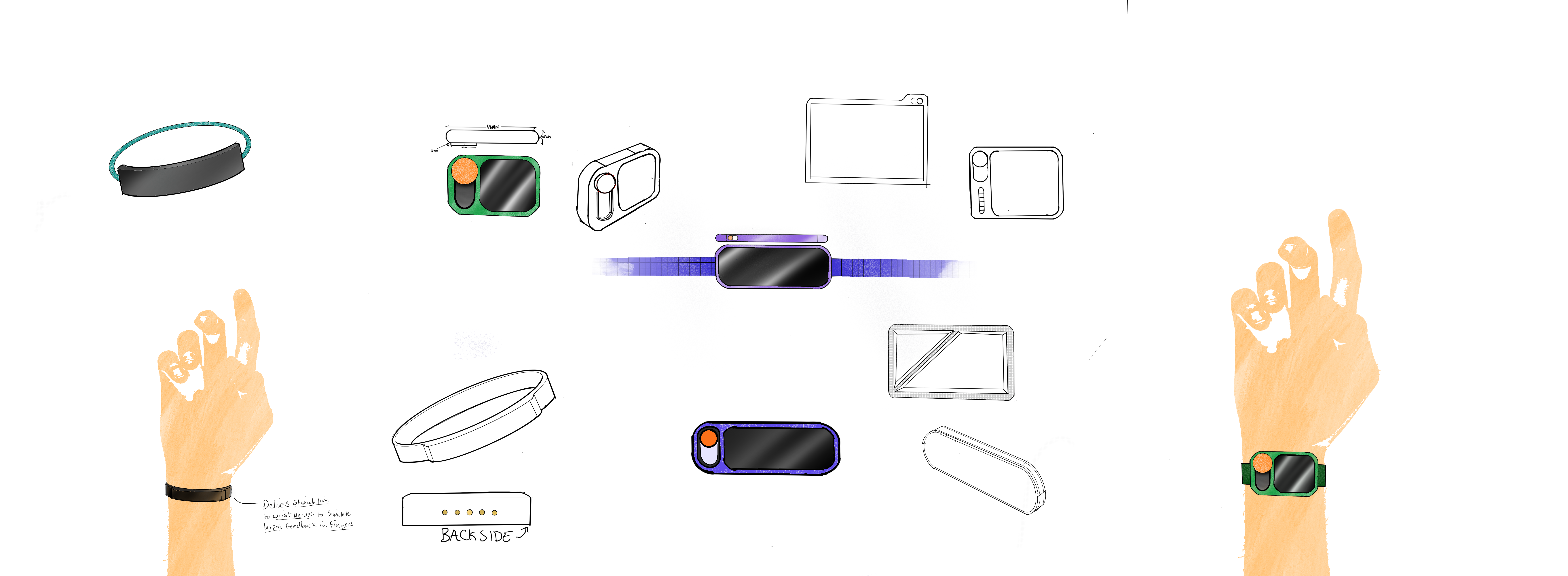
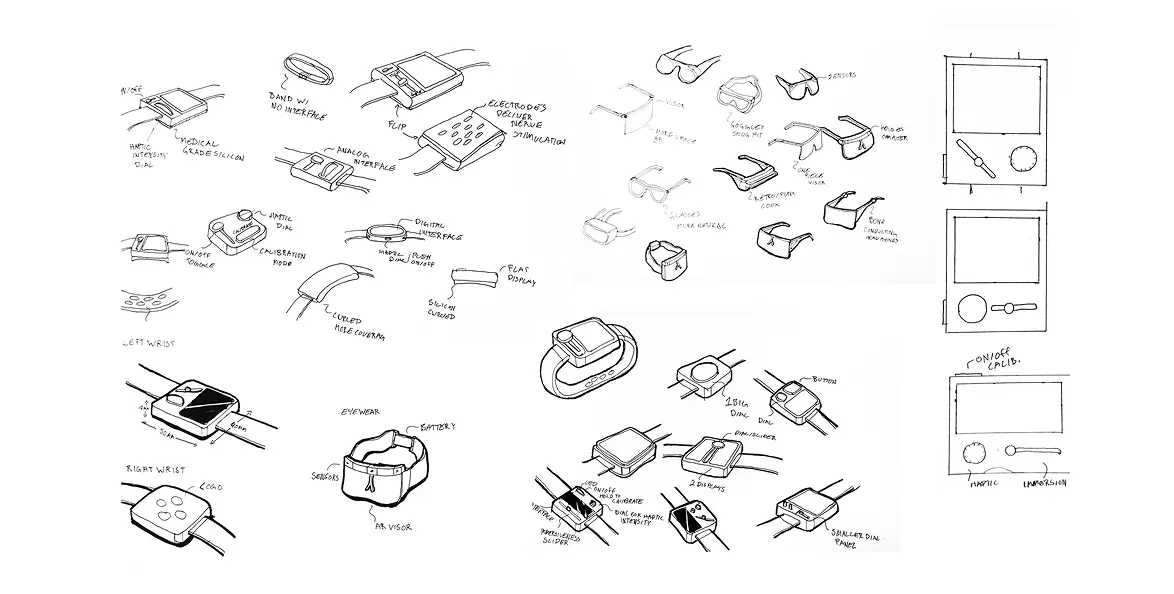
User Journey

CONCEPT REFINEMENT
Hardware

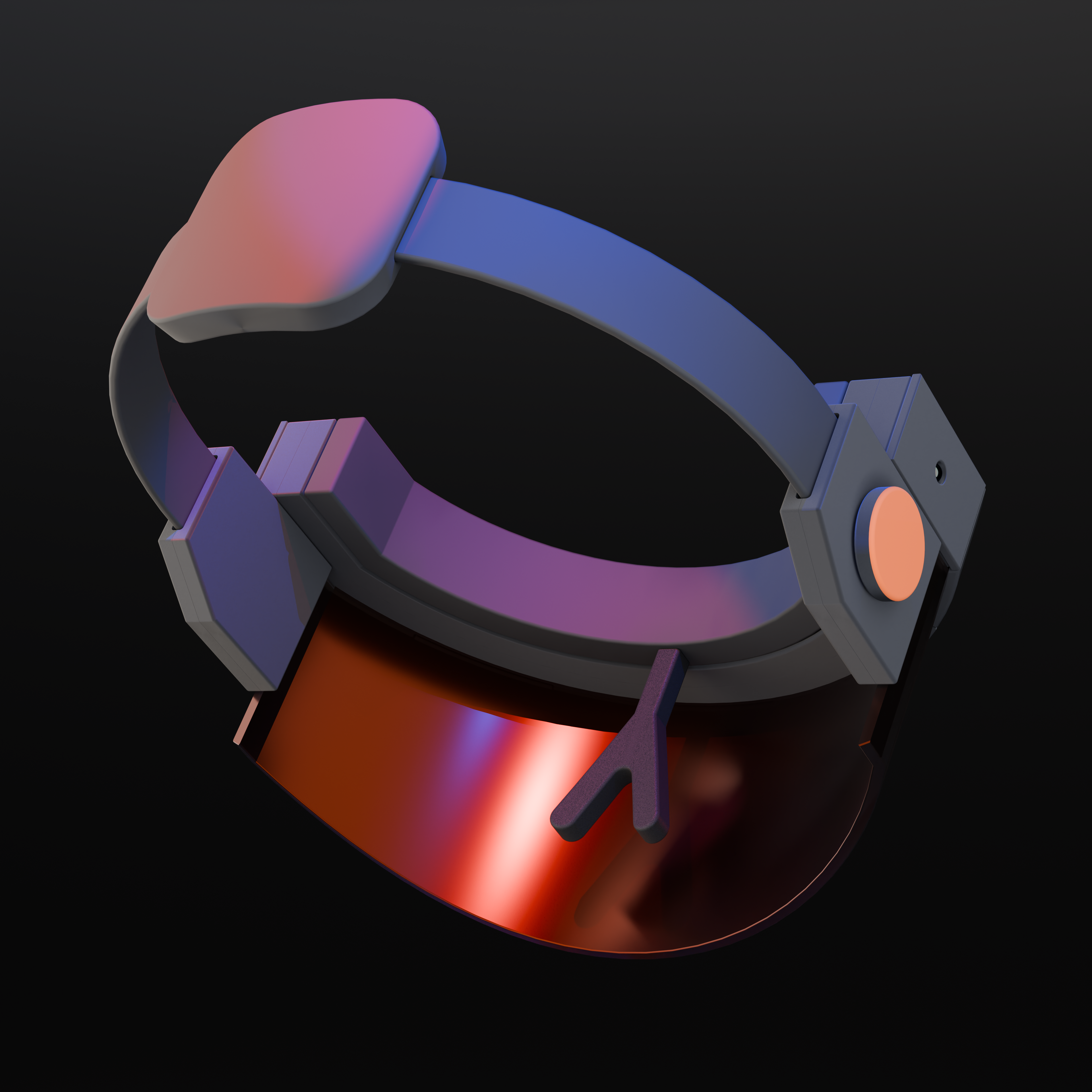


Digital Interface
Coming Soon!
CHANGING BEHAVIOR
Nintendo as a Case Study
Nintendo marketed the DS and its dual-screen touch interface by redefining user interaction. Their bold "Touching is good" campaign promoted touch as a direct, intuitive form of control, with visuals of fingers engaging the screen. The ads framed touch as an "underappreciated" sense in modern media, positioning the DS as a way to reconnect with it. By declaring "touching the game means controlling the game," Nintendo emphasized mastery through touch, establishing a new paradigm of "gamic touch," where physical interaction directly shaped gameplay.
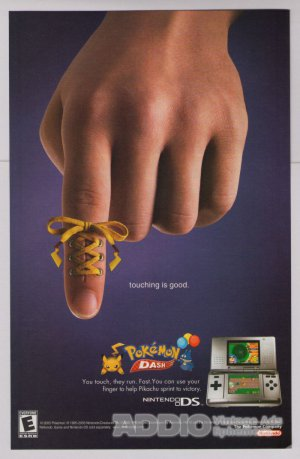
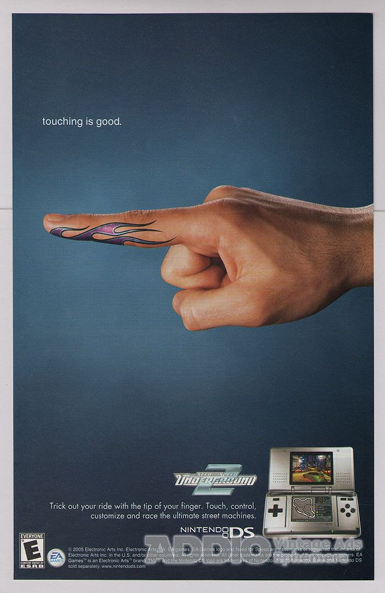
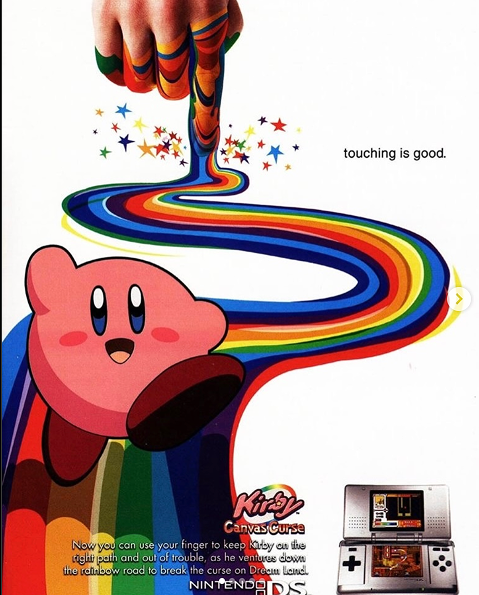

The Future of Touch
This case study examines how shifting perceptions of touch can drive adoption of new interfaces, using Nintendo’s "Touching is good" campaign as a precedent. Building on this approach, my speculative campaign envisions neuromodulation-based virtual touch, where wrist nerve stimulation allows users to feel virtual objects. Unlike traditional touch interfaces focused on control, this technology creates a bi-directional exchange, where the interface touches back, creating a symbiotic relationship between user and digital environments. To communicate this shift, the campaign introduces the slogan "Touching is feeling," emphasizing the transition from passive interaction to genuine sensory experience in virtual spaces.
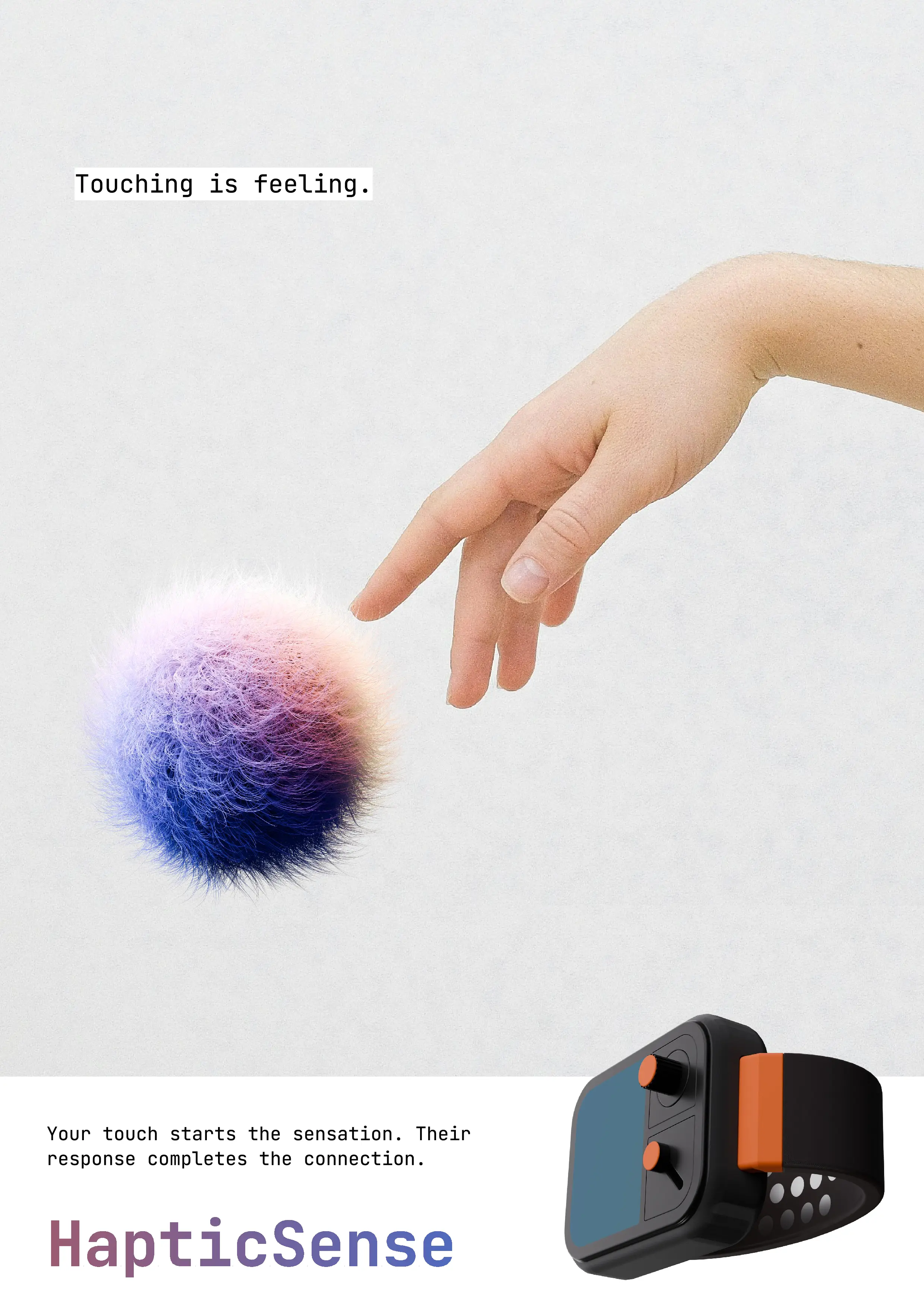
NEXT STEPS
User Experience and Interface
- Design the interface of the wrist wearable and visor.
- Usability test
Speculative Design
- Speculate on how this will effect humans perception on touch.
- What might the implications be?
Prototype
- Create physical prototypes of the device
- Mimick functionality